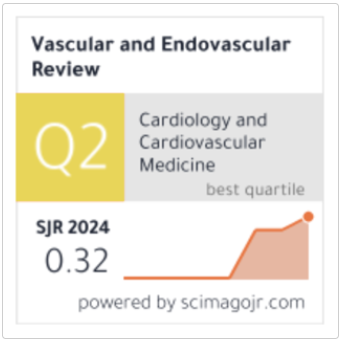Perioperative NT-proBNP Changes in Children with Congenital Heart Disease Undergoing Cardiac Catheterization
Keywords:
Congenital Heart Disease, Nt-Probnp, Sevoflurane, PediatricAbstract
Background: Congenital heart disease (CHD) is a structural abnormality of the heart and blood vessels present from birth and represents one of the leading causes of childhood mortality among congenital disorders. Global incidence reported 8-10 cases per 1,000 live births worldwide. Diagnostic cardiac catheterization plays an essential role in the evaluation and management of CHD, making anesthetic technique selection crucial, as it directly influences the quality of the procedure, patient safety, and comfort for patient and operator. Sevoflurane has been proposed to possess cardioprotective properties, potentially reflected by changes in N-terminal pro-B-type natriuretic peptide (NT-proBNP) levels, a biomarker of myocardial stretch. However, data in pediatric CHD patients remain limited.
Objective: To analyze perioperative changes in NT-proBNP levels in pediatric CHD undergoing cardiac catheterization with sevoflurane inhalation anesthesia.
Research Method: This analytical observational study was conducted at Dr. Soetomo General Hospital, involving 20 patients aged 1-17 years with CHD undergoing cardiac catheterization who fulfilled inclusion and exclusion criteria. Demographic data and NT-proBNP levels were collected at three time points: pre-sevoflurane, intra-sevoflurane, and six hours post-extubation. Data were analyzed with Friedman test, Wilcoxon signed-rank analysis and Spearman’s correlation.
Results: Median preoperative NT-proBNP levels were elevated compared with age-matched reference values. NT-proBNP decreased significantly during sevoflurane exposure compared with pre-sevoflurane levels (p = 0.004), followed by a significant increase at 6 hours post-extubation (p = 0.014). Significant perioperative changes were observed only in the 1-3 year group, with older groups showed no statistical differences. A moderate negative correlation was found between sevoflurane exposure duration and NT-proBNP reduction (r = –0.446, p = 0.049), with exposures >100 minutes producing greater decreases.
Conclusion: Sevoflurane anesthesia was associated with a significant intraoperative reduction in NT-proBNP, particularly in younger children, with longer exposure times enhancing this effect. These findings suggest a cardioprotective role of sevoflurane in children with CHD undergoing cardiac catheterization








